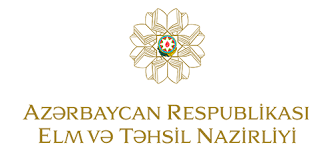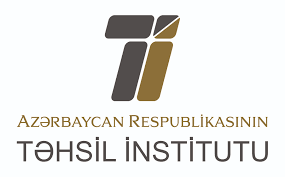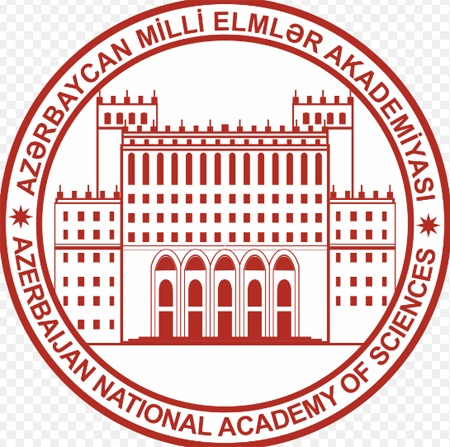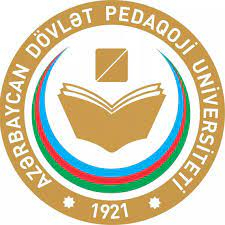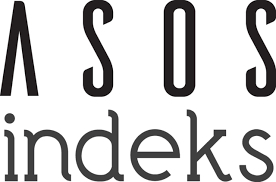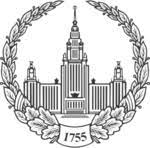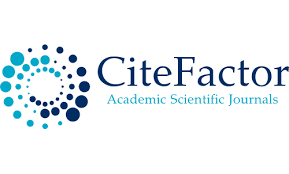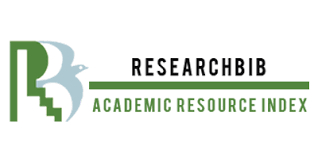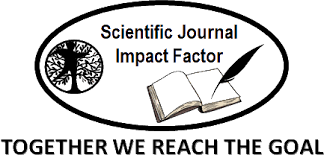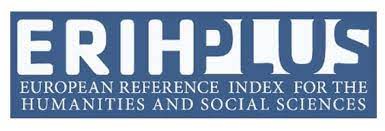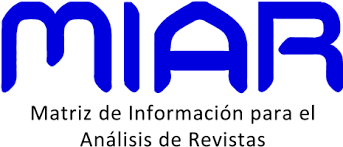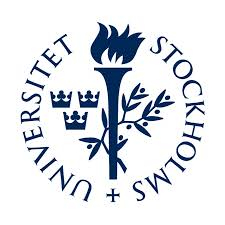"Anger" in the Phraseosemantic Field of "Human's Emotional State" of the Azerbaijani Language
Ulkar KhalilliDOI: https://doi.org/10.48445/t7813-3930-4561-y
ORCID ID: https://orcid.org/0009-0003-0335-4904
Date: 30 May 2025
ABSTRACT
In the article, the
concept of "anger" was investigated according to the principle of
field theory, and it was considered as a part of the phraseosemantic field
"Human emotional state: Negative emotional states". The structure of
the field was analyzed, core and peripheral zones were defined. The main
characteristics of the units that make up each zone are specified. If the core
zone is characterized by more invariant units, the units located in the
periphery area differ in their differential properties. Also, signs of
phraseological units that make up the "Anger" subfield were studied,
the main characteristics and manifestations of these units were examined. When
a person is angry, various changes occur in his body, and these changes are
also reflected in the semantics of phraseological units. The article also
includes issues related to the semantic characteristics of fixed word
combinations expressing the concept of anger. Variation in phraseological units
in our language is also interesting. Ways of creating variants in the field of
"Anger" were studied, different variants of the same unit and their
methods of creation were involved in the study.
KEYWORDS
phraseosemantic field,
emotional state, core, periphery, variants



